Female patient, 67 years old, had bloating and flatulence, took medicine for a week without improvement, was hospitalized and suddenly found to have a heart attack.
Medical news on November 6: Thought it was stomach problems but ended up having a heart attack
Female patient, 67 years old, had bloating and flatulence, took medicine for a week without improvement, was hospitalized and suddenly found to have a heart attack.
Thought it was stomach flu but ended up having a heart attack
Most cases of myocardial infarction have typical symptoms, easily recognized through clinical signs such as chest pain, shortness of breath, sweating...
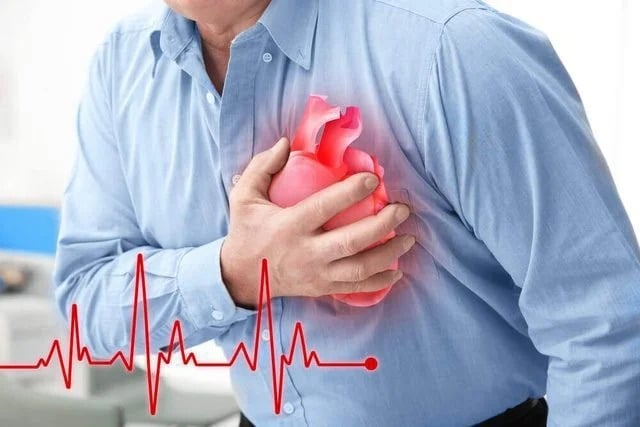 |
| Illustration photo. |
However, some patients do not have these symptoms, delaying emergency care, diagnosis and treatment.
Statistics show that one in three people hospitalized for a heart attack do not have chest pain. The patient had a history of gastroesophageal reflux for more than three years. A week before being hospitalized, she had indigestion and bloating. Thinking these were symptoms of a relapse of her stomach disease, she took the same medication as before.
According to the patient, she used to suffer from reflux, occasional stomachaches and belching, so she bought medicine and took it for a few days and it went away. But this time, the symptoms did not improve after a week, the stomach pain was dull and did not stop, and was worse after eating. She went to the hospital for examination.
Doctor Duong Thanh Trung, Department of Interventional Cardiology, Cardiovascular Center, determined that Ms. Tam came to the hospital in a conscious state, without chest pain or difficulty breathing, only dull pain above the navel, feeling of abdominal tension. This made the doctors think of an acute myocardial infarction.
Usually, myocardial infarction in older women has few typical signs, patients often have digestive symptoms such as reflux, indigestion, epigastric pain.
The patient was assigned an electrocardiogram, cardiac enzyme test, and screening echocardiogram. The results determined non-ST elevation acute myocardial infarction.
This is a manifestation of acute coronary syndrome, which occurs when coronary artery damage causes partial blockage, leading to the heart's oxygen needs not being met, causing myocardial necrosis and potentially causing dangerous complications, threatening the patient's life.
According to Dr. Minh, patients with myocardial infarction often have very different symptoms and severity. Chest pain is the most typical and common symptom in both sexes.
For women, less typical symptoms include shortness of breath, jaw pain, back pain, dizziness, nausea, and vomiting.
In some cases, symptoms are similar to gastroesophageal reflux disease like the female patient, or similar to flu symptoms.
This is very dangerous because it makes patients mistaken, especially those with a history of digestive and respiratory diseases.
They buy medicine on their own, and after a long time without getting better, they go to the hospital, missing the golden hour, reducing the effectiveness of treatment and even leaving complications after a heart attack.
In fact, about 5% of patients with acute myocardial infarction may develop cardiogenic shock with a mortality rate of 40-50%. Recognizing warning symptoms plays an important role in helping patients receive early treatment and preventing complications of acute myocardial infarction.
If typical (severe chest pain radiating to the shoulders, neck, jaw or back, shortness of breath, nausea, dizziness, lightheadedness) and atypical (epigastric pain, vomiting, indigestion, cold sweats, fatigue) symptoms appear, you should go to the hospital immediately.
Warning of measles complications
After 10 days of fever, the patient was transferred from the lower level to the Central Hospital for Tropical Diseases in a state of measles with rapidly progressive respiratory failure complications in adults.
Ten days before admission, the patient had symptoms of headache, fatigue, and conjunctival congestion. The patient bought fever-reducing and pain-relieving drugs at a pharmacy near his home but saw no improvement.
After 6 days of self-medication at home, the patient still had a headache, high fever, fatigue, difficulty breathing, conjunctival congestion causing discomfort and a red rash on the head and back spreading to the neck and chest.
The patient came to the lower-level medical facility for examination and was transferred to the Department of General Infection, Central Hospital for Tropical Diseases.
When admitted to the Central Hospital for Tropical Diseases, the patient still had high fever, rash, severe diarrhea, and secondary infection.
After one day of hospitalization, the patient's condition continued to worsen with acute respiratory failure. The patient was immediately transferred to the Intensive Care Unit for intervention with high-flow oxygen support and was diagnosed with measles with rapidly progressive respiratory failure in adults.
Measles symptoms are clearly identified, the test confirms positive for measles. Along with complications of pneumonia caused by measles virus accompanied by diarrhea, the patient's infection symptoms also tend to increase.
After 4 days of intensive treatment, the patient was alert, fever reduced, diarrhea decreased significantly, respiratory failure improved significantly, indicators were stable, rash appeared all over the body,
Dr. Pham Van Phuc, Deputy Head of the Intensive Care Unit, said that measles is an acute, epidemic infectious disease caused by the measles virus, transmitted through the respiratory tract. Measles has typical symptoms of fever, rash, inflammation of the respiratory tract, conjunctivitis, and digestive problems.
Measles can lead to serious and sometimes fatal complications including pneumonia and encephalitis. Measles is rare in adults.
Adults with measles often have risk factors such as those who have never been vaccinated against measles; people with reduced immunity to measles over time; people with underlying diseases and immunodeficiency; chemotherapy, cancer treatment...
When detecting unusual symptoms, people should go to a reputable medical facility for timely examination and treatment to avoid unfortunate complications.
Doctor Phuc recommends that currently in the world there are many types of measles vaccines produced in the form of single vaccines or combined double vaccines (measles-rubella or measles-mumps-rubella).
After injection, the vaccine will stimulate the body to respond and create immunity to help the body not be infected with the measles virus... Therefore, to prevent measles, people should get vaccinated against measles.
Number of dengue fever cases in Hanoi continues to increase
The Hanoi Center for Disease Control (CDC) said that last week, the entire city recorded 612 cases of dengue fever; an increase of 110 cases compared to the previous week (502 cases, 0 deaths).
The number of cases is distributed in 30 districts, towns and cities. Some districts and towns recorded many patients such as: Ha Dong with 74 cases; Cau Giay, Thanh Oai both recorded 43 cases; Nam Tu Liem (41); Dong Da (36); Ba Dinh (33); Thanh Xuan (27); Thuong Tin, Hai Ba Trung (26); Hoang Mai, Dan Phuong (22); Bac Tu Liem, Thach That, Thanh Tri (20).
Communes and wards recorded many patients: Quan Hoa (Cau Giay) and Yen Nghia (Ha Dong) both recorded 16 cases; Tu Nhien (Thuong Tin), Khuong Dinh (Thanh Xuan), Dai Mo (Nam Tu Liem) each recorded 11 cases; Van Thai (Ung Hoa) 10 cases; Van Chuong (Dong Da), Dich Vong Hau (Cau Giay), Huu Bang (Thach That) each recorded 9 cases.
In 2024, the whole city recorded 5,677 cases of dengue fever, down 80% compared to the same period in 2023 (28,483/4).
Regarding dengue fever outbreaks, 26 outbreaks were recorded in 13 districts during the week: Thanh Oai 5; Hoan Kiem 4; Phu Xuyen 3; Bac Tu Liem, Dong Da, Gia Lam, Phuc Tho each 2; Ba Dinh, Dan Phuong, Hai Ba Trung, Nam Tu Liem, Quoc Oai, Thanh Tri each 1. In total, 2024, the whole city recorded 301 outbreaks, with 48 outbreaks still active.
The capital's health sector has also carried out monitoring, investigation and epidemic handling activities in areas with cases and outbreaks; continued to monitor the implementation of the measles-rubella vaccination campaign in communes, wards and towns; and carried out statistical reporting according to regulations.
According to the Hanoi CDC, the number of dengue fever cases may continue to increase in the coming time because it is at the peak of the annual dengue fever epidemic.
Next week, the Hanoi Health Department will continue to ensure epidemic prevention and control work to serve the 8th Session of the 15th National Assembly; proactively deploy epidemic prevention and control measures.
Units should strengthen professional activities to monitor, detect, and promptly and effectively handle areas with patients and dengue fever outbreaks, especially in outbreak areas with many patients.
In addition, the health sector focuses on timely and complete communication and information about the epidemic situation and measures to prevent some diseases such as dengue fever, whooping cough, measles, hand, foot and mouth disease, meningococcal disease, etc.
For vaccine-preventable diseases, people are advised to proactively get fully vaccinated on schedule according to the instructions of the health sector.
Source: https://baodautu.vn/tin-moi-y-te-ngay-611-tuong-mac-da-day-khong-ngo-lai-bi-nhoi-mau-co-tim-d229294.html




![[Photo] Closing of the 11th Conference of the 13th Central Committee of the Communist Party of Vietnam](https://vstatic.vietnam.vn/vietnam/resource/IMAGE/2025/4/12/114b57fe6e9b4814a5ddfacf6dfe5b7f)
![[Photo] Overcoming all difficulties, speeding up construction progress of Hoa Binh Hydropower Plant Expansion Project](https://vstatic.vietnam.vn/vietnam/resource/IMAGE/2025/4/12/bff04b551e98484c84d74c8faa3526e0)


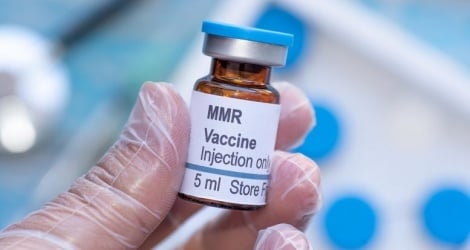


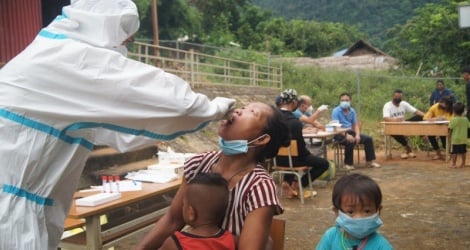
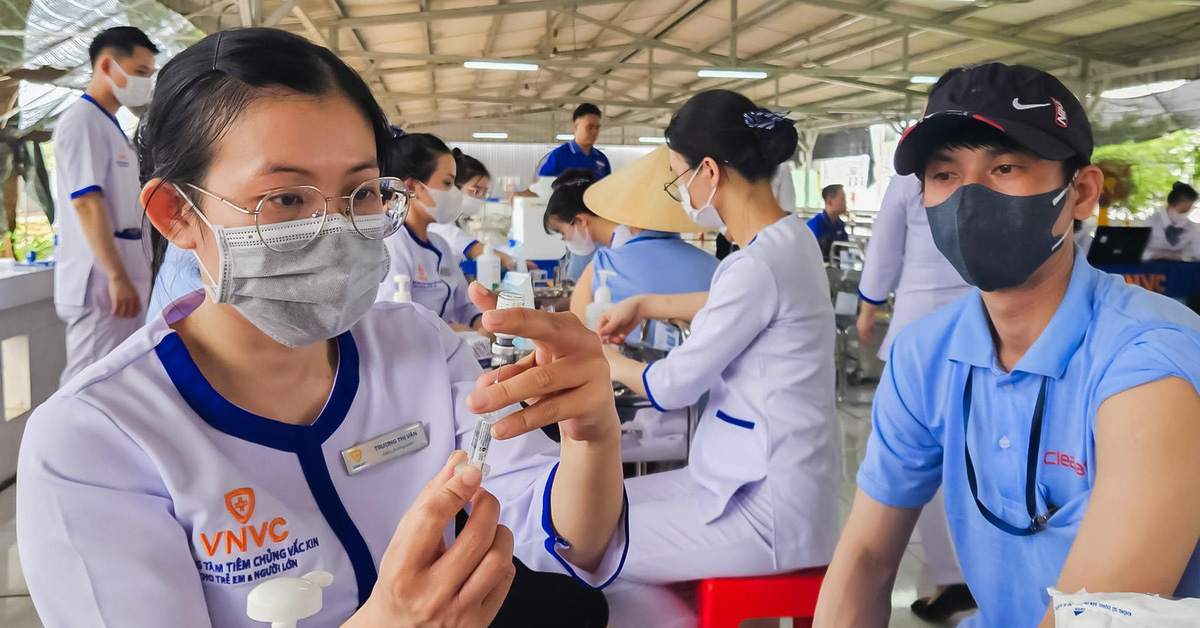

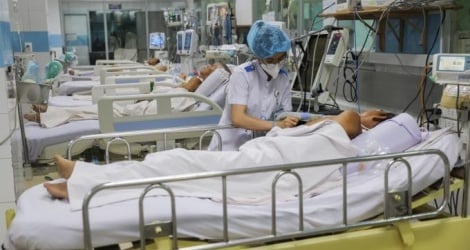

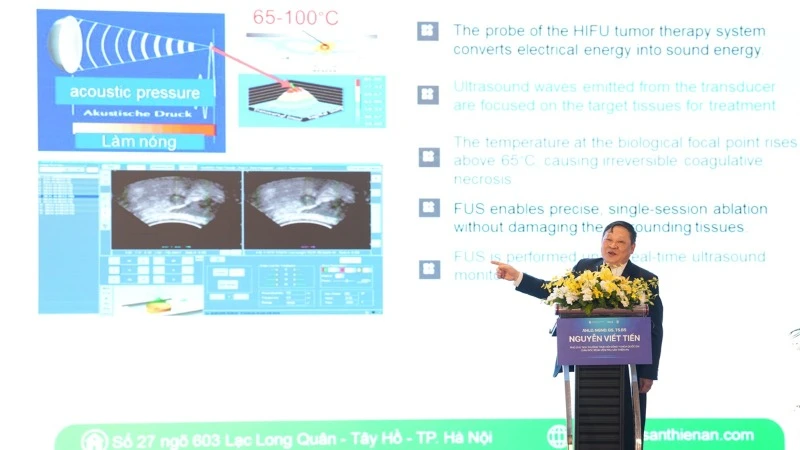
![[Video] First time in Vietnam: Successful implantation of 3rd generation partial artificial heart](https://vstatic.vietnam.vn/vietnam/resource/IMAGE/2025/4/12/8817412224094c68ba2c744b7bd5cfea)



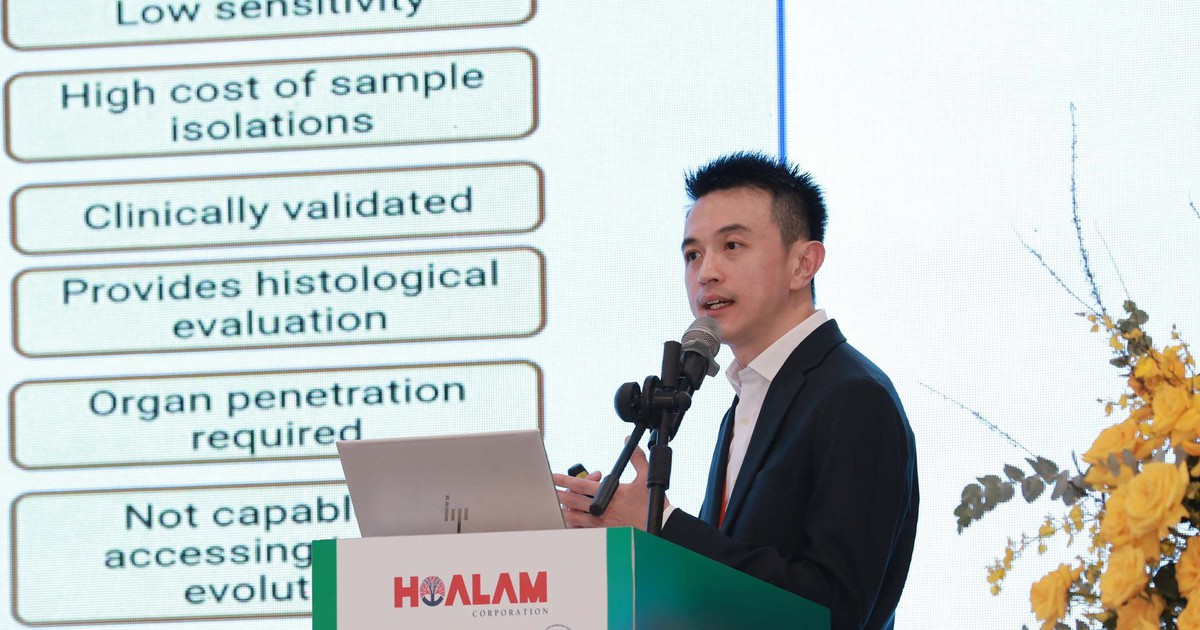
























































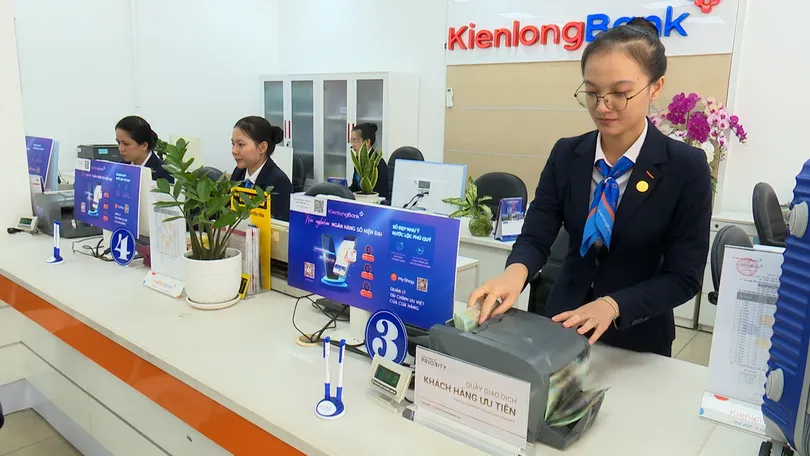
















Comment (0)